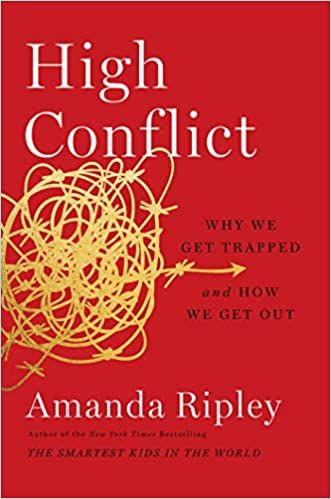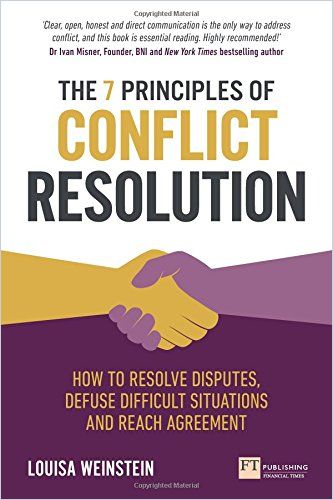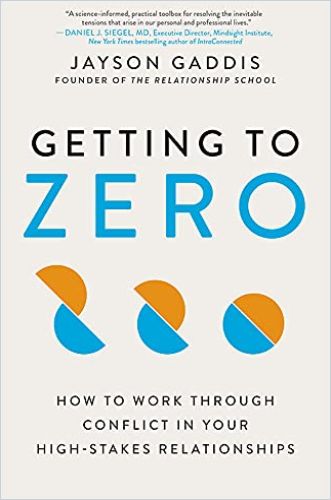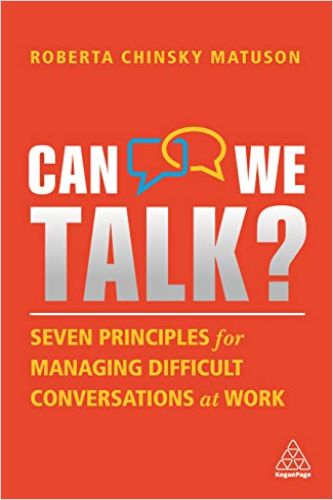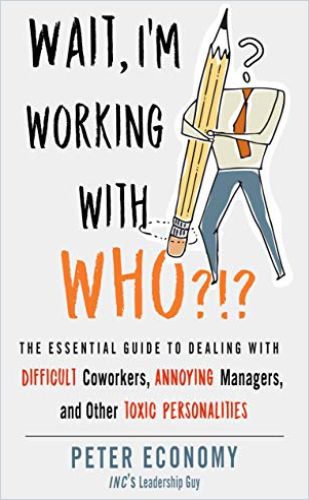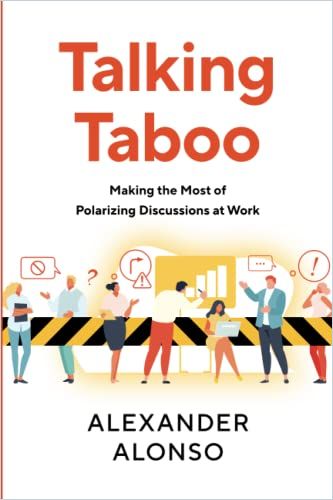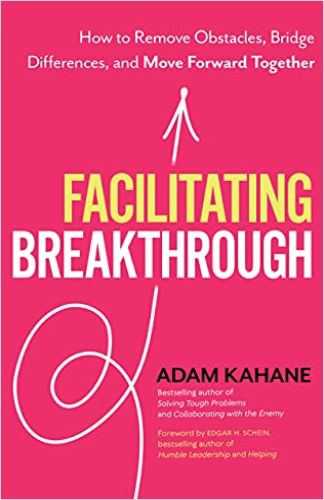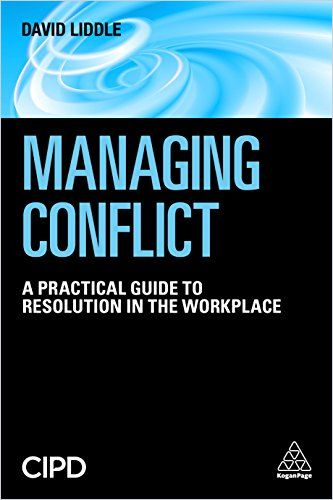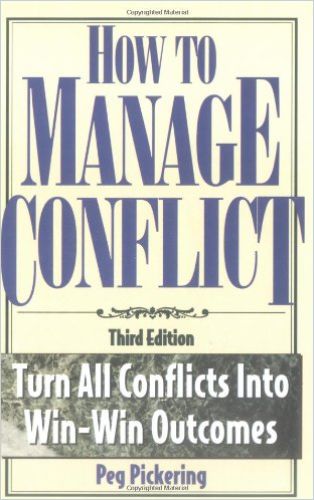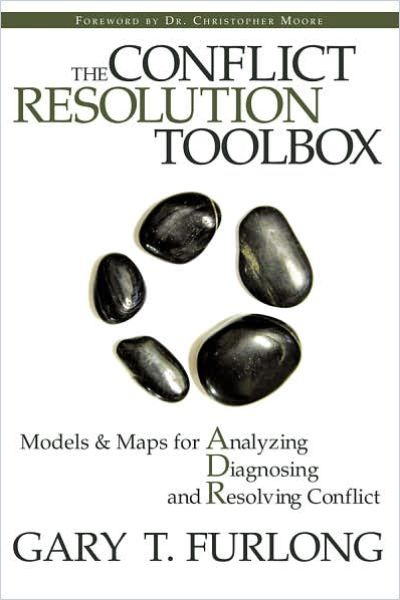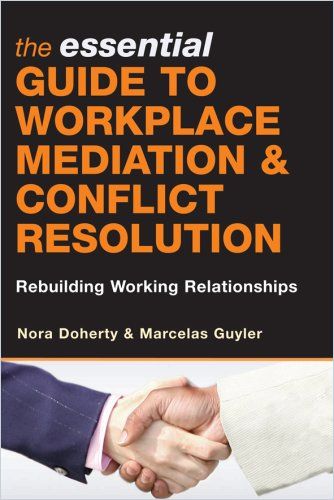Resolve Conflict with Compassionate Communication

Angry outbursts have no place at work. But wherever people gather together, including the workplace, conflict is bound to arise sooner or later. People often bring their dysfunctional relationship patterns to work, without consciously realizing it. Becoming more aware of the difference between your feelings and emotional reactions versus your thoughts is the first step toward clarifying communications to navigate potential workplace conflicts. It might help to become familiar with what journalist Monica Torres calls “The Seven Conflict Styles of People You Argue with at Work.”
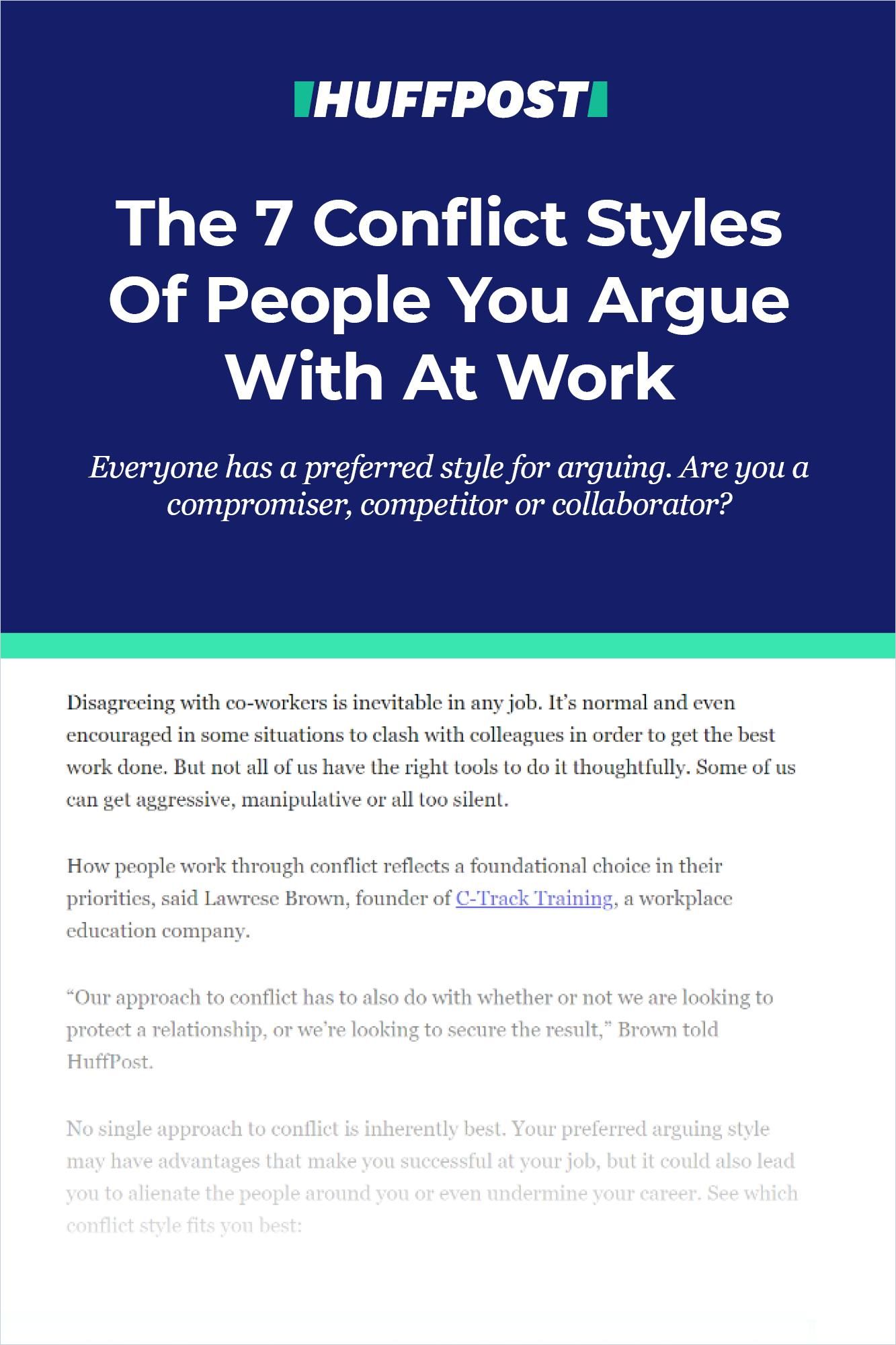
The Seven Conflict Styles of People You Argue with at Work
The Huffington Post1. Nonviolent Communication Starts with Good Intentions
Author and Center for Nonviolent Communication founder Marshall B. Rosenberg takes readers through his classic four-step journey of compassionate conflict resolution in Nonviolent Communication. For Nonviolent or Compassionate Communication (NVC) to work, participants must suspend judgment and proceed from the perspective of open-hearted intentions to understand and meaningfully communicate with others. The NVC process takes participants through “observations, feelings, needs and requests” and in every phase people should avoid vague words or sweeping generalizations. Refer to specific behavior you have observed, and make clear, specific requests.

When something someone says or does causes an emotional reaction, Rosenberg notes you have four options for responding:
- Blaming yourself.
- Blaming another.
- Focusing attention on what you want and how you feel.
- Focusing attention on what others want and how they feel.
If you stop in the moment of reaction and recall these four choices, it will help you better analyze what’s happening and identify how others may be feeling. People don’t always acknowledge their own needs and may criticize or pressure others in order to get their needs met. While you can’t take responsibility for how others feel, you can take responsibility for your own intentions and actions. Express your feelings and needs along with a specific request. Requests sound more reasonable than demands. Ask for feedback to be sure the other person correctly heard your intention, thank them for their agreement, or offer empathy if they can’t agree. Listen beyond what they say to what they need and feel.
When we first begin asking others to reflect back what they hear us say, it may feel awkward and strange because such requests are rarely made.
Marshall B. Rosenberg
2. Anger Derails Productive Conversation
When people are angry, they blame others for their pain and can lash out, sometimes violently. Anger can quickly derail productive conversations. For compassionate communication to take place, separate your anger from other people. Think of it as your reaction; don’t blame them for how you feel. Their words or actions may trigger your anger, but it’s not the cause. Instead, stop and take a deep breath. Be introspective about what you need and clearly express it. To get someone else to listen to you, you may need to listen first to them. In their talk “How to Be Angry Better“, psychologists Laurie Santos and Faith Harper point out that anger is not always destructive. When addressed early, before a conflict escalates, it can identify areas of misunderstanding or disagreement and lead to positive outcomes.

To avoid escalation, create an environment of psychological safety and trust, where colleagues feel empowered to discuss emerging conflicts or disagreements. When disagreement arises, focus on facts, not personalities, with all the empathy you can muster, and look for solutions that benefit everyone. To build cooperation, accurately define the problem, look for areas of agreement and allow people time to evaluate the situation. Michael Brown says in I Don’t Agree that men are genetically predisposed to pair stress and aggression while women’s response to tensions in their environment is to “tend-and-befriend.” This approach is more productive in the workplace.

Create more fair and egalitarian workplace spaces by making sure people don’t interrupt co-workers during meetings and by giving due consideration to what everyone has to say, not just the loudest voices in the room. Build rapport with colleagues by asking them to articulate obstacles and truly listen to them. Diplomacy goes a long way to de-escalating tense workplace situations. Find other tips for lowering the temperature at work, whether from colleagues, bullies or even bosses:
3. Not All Conflict Is Bad
Conflict in the workplace can be productive and avoiding it at all costs can be toxic, warns Liane Davey in The Good Fight. It may take some difficult conversations to bridge conflict and find agreement or compromise but the result is everyone concerned has a better understanding of each other and a road map for more fruitful collaboration in the future. Focus on clarity, transparency and kindness as you craft solutions.
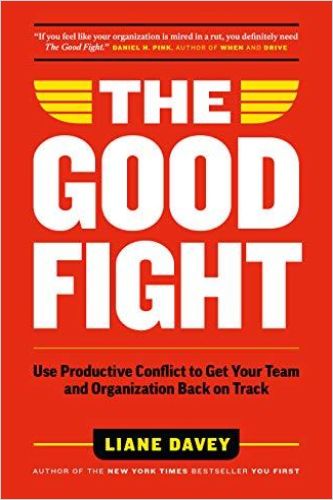
The key to preventing destructive conflict is establishing clear lines of communication with your colleagues and building trust. When teams nurture these bonds, it’s then easier to navigate conflict as allies. Separate facts from feelings and values. Be careful with your words; the goal is to reinforce interpersonal connections. Be aware of your own tone of voice and body language. Managers can minimize conflict by setting clear expectations.
By adding a little productive conflict to each day, you’ll wind up with fewer unpleasant, unproductive conflicts in the long run.
Liane Davey
To harness conflict and keep it productive, normalize it by creating the space for small disagreements and dissent. Psychological safety is a must for creative conflict.
Feedback should focus on observations, not judgments. Don’t assume you know another’s thoughts or feelings; begin by sharing how their actions or words affect you. A liberal dose of humor goes a long way to fostering trust, as does thanking people for their candor when expressing contrary views.
4. Have a Process Ready
In Creating a Drama-Free Workplace, conflict resolution expert Anna Maravelas shows how you can use productive workplace processes and systems to channel disagreement and reduce friction.
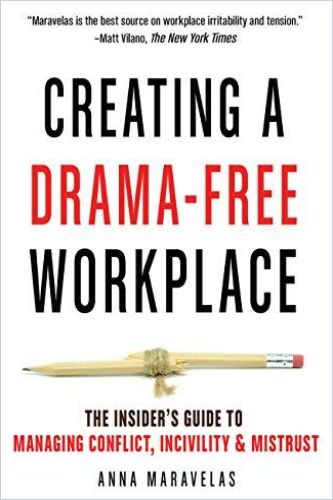
Maintaining warmth even during conflict helps all parties stay focused on finding a solution. Maintain respect for colleagues as this is the basis for trust. Life is full of frustrations. You can either blame someone else, blame yourself or seek to find the reason and improve the situation.
Organizations that are deeply engaged in building and maintaining cultures of appreciation seem to do so effortlessly.
Anna Maravelas
As an Aikido practitioner, author Judy Ringer thinks about conflict energetically and, in Turn Enemies into Allies, offers insights about managing conflicting energy in martial arts, along with a four-part process for reaching resolution:
- First, “bow in,” that is, begin by formally introducing yourself as a mediator for people with a conflict.
- Second, hold individual sessions to listen to people dealing with a conflict and assist them in developing a helpful practice and vocabulary for resolving the situation.
- Third, meet in joint sessions and redirect everyone’s energy to establishing rapport, discussing scenarios that might cause conflict and coming to agreement about how best to deal with them. However, the first joint session, held in a neutral location, should begin with small talk about family or hobbies, so the parties can meet as humans and discover what they may have in common.
- Finally, once everyone agrees upon how to manage areas of conflict, the manager “bows out.”
When conflict is reframed as a normal part of life that can be skillfully managed and transformed, relationships mend and team members learn to discuss and resolve issues rather than avoid them.
Judy Ringer
Explore additional approaches for resolving workplace conflicts in these summaries:
4. Remote Work Can Make Conflict Resolution Trickier
Remaining attentive to body language provides crucial clues about a person’s emotional state. You’ll have to work a little harder to decipher the nonverbal cues of your colleagues and to understand the way text-only messages might be misunderstood. Leadership expert Erica Dhawan offers some helpful guidance in Digital Body Language.
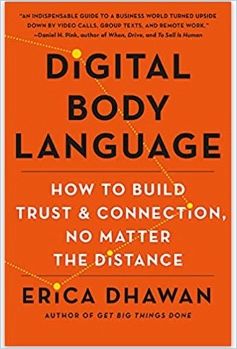
To avoid unintentional conflicts, Bas Kohnke suggests “5 Smart Tips to Help You Excel at Remote Performance Management,” including regular team and individual meetings, a focus on performance and timely feedback. Digital transformation and the advent of more remote workers on your team mean you need to get clear about the best tools to use when communicating different types of messages to them. Michael Wiederstein offers a handy guide on how to think about these options.
